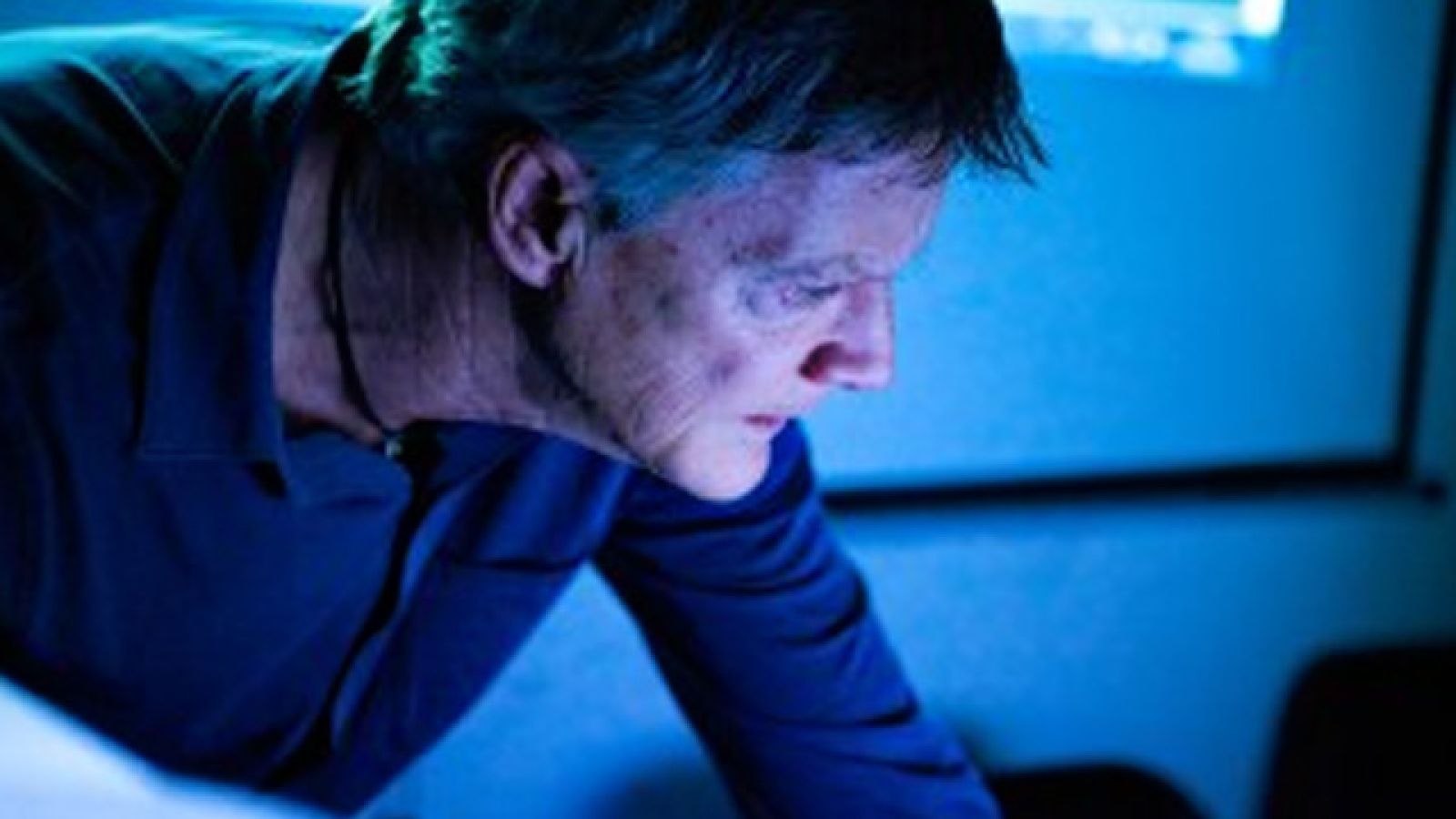International digital artist arrives for opera

Milan-based Australian digital artist Andrew Quinn has arrived in Canberra just days away from opening night of The Australian National University (ANU) School of Music’s ground-breaking opera L’Orfeo, the first ANU performance at Llewellyn Hall to use a fully digital set.
Quinn is known for his work on films The Matrix, Tomb Raider andDark City. In 2011 he created real-time 3D virtual sets for the Hungarian Opera production Bluebeard’s Castle.
“Andrew is a world-leading digital artist with a global reputation and we are extremely fortunate he has agreed to work on our production,” head of ANU School of Music Professor Peter Tregear said.
Distinguished English tenor Nicholas Mulroy will lead a cast of students, staff, and local and interstate musicians in the two performances on Thursday 21 and Friday 22 August.
A media preview and interview opportunity will be held at 11am Tuesday 19 August at Llewellyn Hall.L’Orfeo, by the 17th century Italian composer and singer Claudio Monteverdi, tells the story of the Greek legend of the musician Orpheus and his attempt to bring his bride Eurydice back from the dead. It is the oldest opera still in the repertory today.
During the performance, digital images will be projected onto a 15 metre by 10 metre semi-transparent screen using a high-powered digital projector. A 75-metre string of programmable LED lights and 16 moving remote lights are also being deployed.
“Opera is increasingly looking towards digital staging to broaden its appeal to audiences and as a way to modernise the art form, and the School of Music is excited to be at the forefront of this trend,” Professor Tregear said.
All up, 76 performers are involved—including 30 musicians, 35 members of the chorus and 11 principals.
For more information about Andrew Quinn, visit http://andrewquinn.org/.
Details about Nicholas Mulroy and his recent performances can be found at his website http://nicholasmulroy.com/.
L’Orfeo is a collaboration between the ANU School of Music, ANU School of Art and the ANU Research School of Astronomy and Astrophysics (RSAA). The School of Art helped create the costumes and the digital set, while the RSAA provided astronomical data for use in some of the projections.